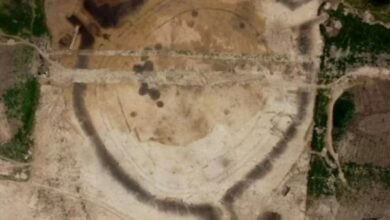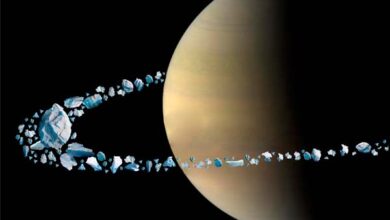
People began to restore the dams of the ancient Indians to combat drought
(ORDO NEWS) — Due to the lack of water in the Peruvian Andes, archaeologists are restoring Indian dams that were built back in the pre-colonial era. Local authorities have several hopes.
How do you save water? Tell in the comments!
Guillermo Palmadera, mayor of the Pamparomas region of the Peruvian Andes, worries every year about dry seasons ruining barley, alfalfa and local tubers.
So, in 2022, the mayor of Palmadera, in order to solve the problem, turned not to an engineer, but to an archaeologist - Kevin Lane. Now Lane is restoring 18 dams, which in the future should save the locals from drought.
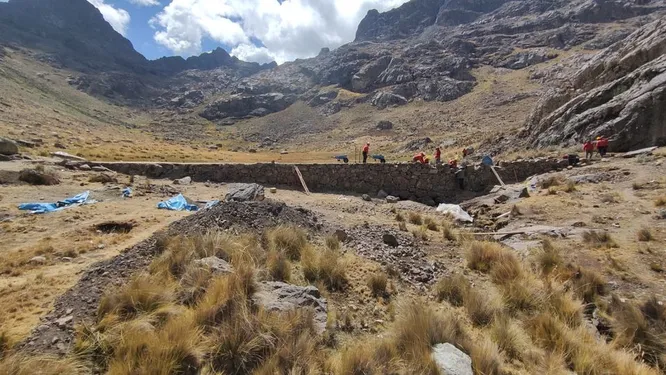
Global warming and climate change
The Andes have an annual dry season from May to September, but farmers in the Pamparomas region say rain has been especially rare over the past couple of years amid global climate change that is only exacerbating already extreme weather.
The long dry season comes at a cost to residents: if the land sits idle for more than half a year, it hurts both the income and the diet of residents.
Kevin Lane, an archaeologist at the University of Buenos Aires, has discovered 18 abandoned dams built in Pamparomas before the Spanish colonization of the Americas. At the appeal of the mayor of Pamparomas, he offered to repair the old dam.
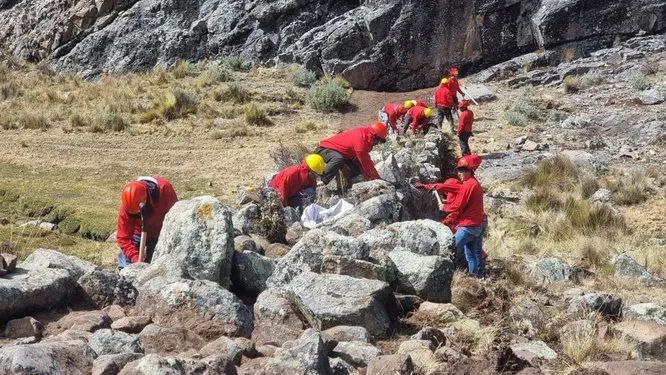
With support from the German Gerda Henkel Foundation, archaeologist Lein and local farmers built a 3-meter dam over the old ruins at 4,600 meters (15,092 feet) above sea level, using stones, clay and modern materials such as geotextiles.
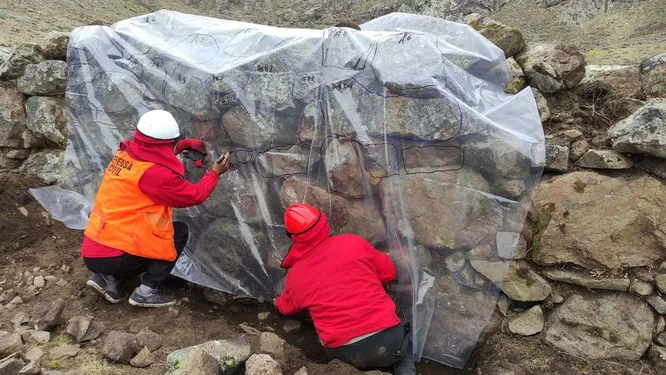
What are dams for?
The “rehabilitation” of the historic area cost $100,000, while the construction of a concrete dam could cost $1 million.
After the construction of the dam is completed, 300 residents of the Pamparomas region are waiting for the start of the rainy season, hoping to collect about 15,000 cubic meters of water in this way.
—
Online:
Contact us: [email protected]
Our Standards, Terms of Use: Standard Terms And Conditions.




